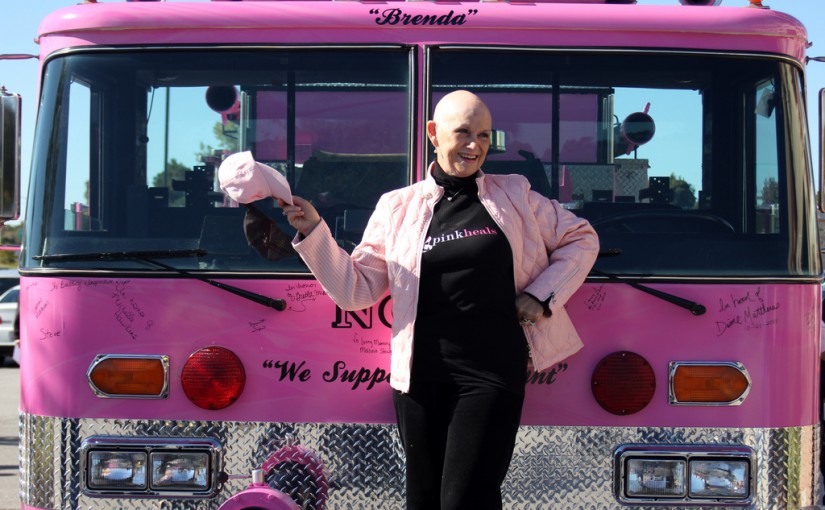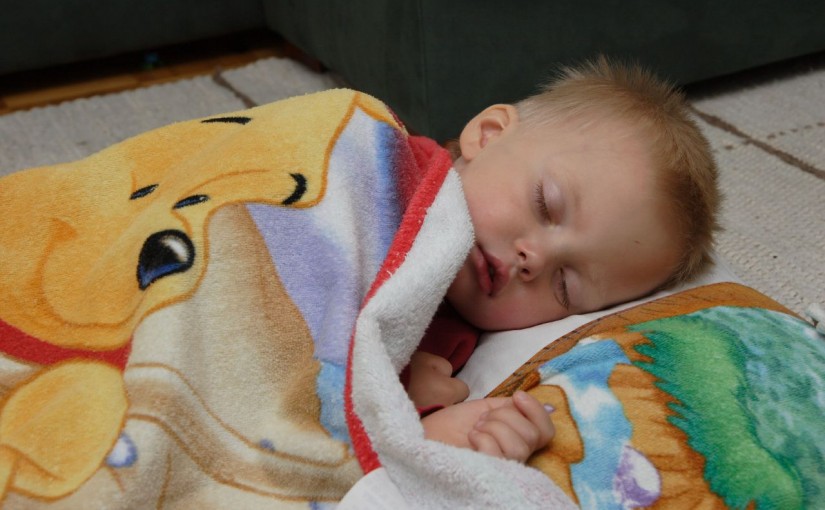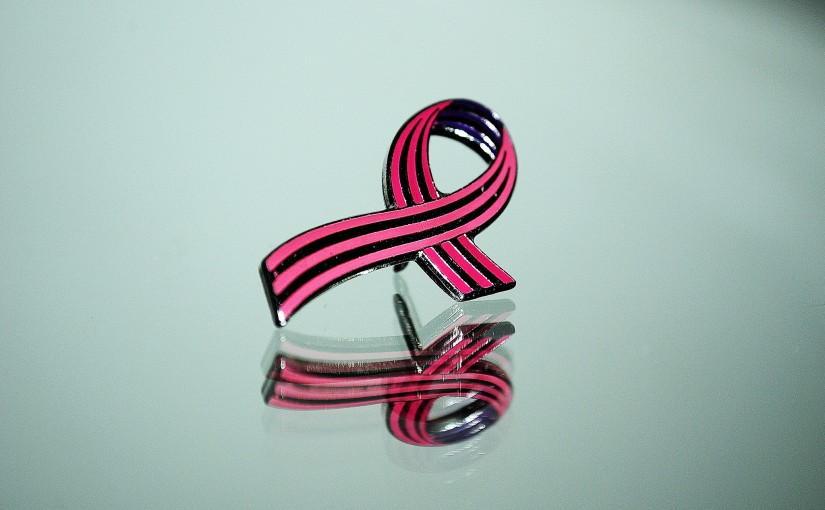Tag: Cancer
-

Supporting a Loved One Through Breast Cancer
When you have a loved one who is diagnosed with breast cancer, it is often hard to know how to help. You may feel lost, hurt, angry or fearful while feeling you have to keep it together for them because they are going through so much. Knowing what to say can also be hard, as…
-

Music As Therapy: The Healing Power Of Music
For ages, people have turned to music to get excited, calm down, share experiences, and more. Over time, scientific research has shown that this natural affinity for tunes is much more than a feeling—music can have powerful healing qualities. Music therapy applies those scientific findings to enhance music’s power and help people heal to improve…
-

Breast Cancer Walks
There are many different ways to help raise funds and awareness for the fight against breast cancer. From Tough Mudders to marathons to bungee jumps, there’s an activity to suit every taste. And you don’t have to be a fitness adventurer to find an incredible fundraising experience. For those of us who aren’t fitness adventurers,…
-

Cancer: What to Ask Your Doctor
A cancer diagnosis can be hard to process at first. You may feel shock, anger, or even disbelief. But as a cancer patient, you are an equal partner with your doctor in your treatment and recovery. The more you understand what your body is going through, the better prepared you are to take care of…
-

Finding a Good Wig
Why Wear a Wig? For many chemotherapy patients, wigs are a lifesaver. Many women who have experienced breast cancer or any other type of cancer which required aggressive chemotherapy, know the trauma of losing a major part of your body – head hair, body hair, eyebrows and eyelashes. For these brave women, a beautiful wig…
-

Cancer: Managing Emotionally
Often people underestimate the emotional toll that cancer can have. Being diagnosed with cancer is a life-changing event – no matter which stage you are at. Dealing with these life changes as well as undergoing treatment and side effects can be just as hard on a person emotionally, as it is physically. From the time…
-

The Skin Cancer Prevention Guide
Skin cancer is the most common type of cancer in the United States, according to the National Council on Skin Cancer Prevention. Over 2 million cases are treated in the country each year—that’s more cases than breast cancer, prostate cancer, lung cancer and colon cancer combined. In 2004, treatments for non-melanoma skin cancers alone cost…
-

Pediatric Cancer: Managing the Side Effects of Treatment
Thanks to great strides that have been made in cancer treatments, more children who get cancer survive now than ever before—more than 80 percent of children survive at least five years, and most are cured. But cancer in children is different from cancer in adults. Kids’ quickly growing bodies respond to treatment differently, and that…
-

Warning Signs of Breast Cancer
Breast cancer can be a very scary thought, but unfortunately, it is a valid concern for many women. Although breast cancer is usually fairly treatable through a wide variety of options, it is important to catch the disease early in order to have the greatest chance at battling it successfully. Give yourself a little peace…